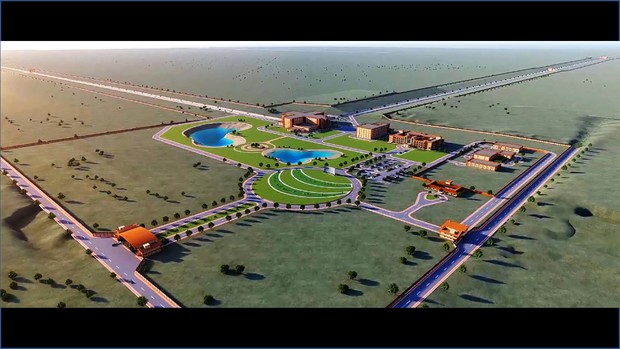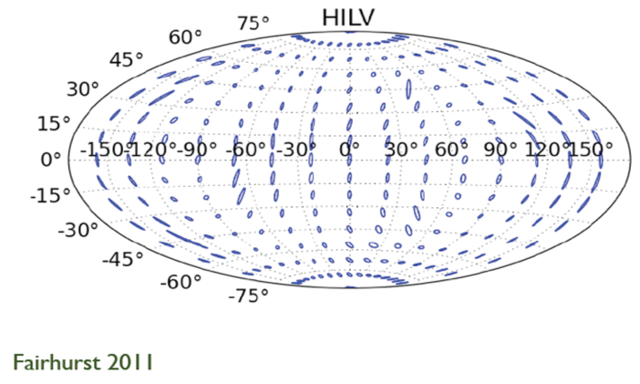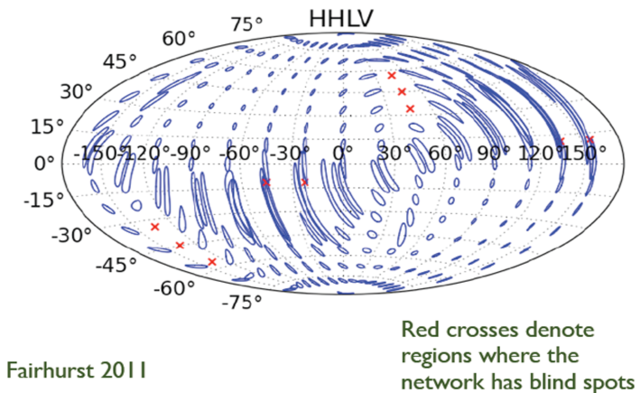
A rendering of the LIGO India site in the state of Maharashtra
LIGO-India: A Planned Joint India-US Detector
LIGO-India is a collaboration between the U.S. National Science Foundation Laser Interferometer Gravitational-wave Observatory (NSF LIGO) Laboratory, which is operated by Caltech and MIT, and three institutes in India: the Raja Ramanna Center for Advanced Technology (RRCAT, in Indore), the Institute for Plasma Research (IPR in Ahmedabad), and the Inter-University Centre for Astronomy and Astrophysics (IUCAA, in Pune).
Motivations for constructing a third NSF LIGO interferometer are primarily related to building a larger global network of gravitational wave detectors. Such a world-wide network of widely-separated facilities is needed to extract the best information from gravitational waves. Specifically, adding more detectors to the network improves our ability to locate sources, test theories of gravity, space, and time, and provide important clues to puzzles in astrophysics and cosmology.
While two detectors in a network that sense the same polarization of gravitational-waves (like Hanford and Livingston) are the minimum needed to ensure confidence that a signal is a gravitational-wave and not some terrestrial or instrumental artifact, two such detectors cannot effectively localize the source of the waves on the sky nor can they reveal a wave's actual polarization.
In March 2016, a month following LIGO's historic announcement of the first detection of gravitational waves, NSF and LIGO officials met with the Indian Prime Minister to sign a "Memorandum of Understanding" (MOU), representing India's commitment to building a third LIGO detector in India.
Left to right: Dr. Rana Adhikari (Caltech), Karan Jani (Georgia Tech), Nancy Aggrawal (MIT), the PM of India, Dr. France Cordova (Director, NSF), Dr. Dave Reitze (LIGO Executive Director, Caltech), Dr. Rebecca Keiser (Head, NSF, Office of International Science and Engineering), Fleming Crim (NSF, Assistant Director for Mathematical and Physical Sciences).
A network of three detectors (Hanford-Livingston-Virgo, for example) can improve the polarization information extracted from the wave and the source location. But even a three-observatory network only provides a sharp sky location for about half of all possible locations on the sky. This is illustrated in the figures below.
Ultimately, the goal is to localize a source of gravitational waves anywhere in the sky. And to do this, at least four comparable detectors need to be operating simultaneously around the globe. Of course, given the complexity of gravitational wave detectors, to increase the odds that four detectors are running at the same time, you really need more than four in a network. Indeed, a fourth detector, Kagra in Japan, is now operating, but not yet with the gravitational wave sensitivity of LIGO and Virgo. LIGO India will be the all-important fifth. When it begins operation, LIGO India will significantly improve the likelihood that four detectors are operating at any given moment. This is the critical role that LIGO India will play in the global gravitational wave detector network.
Participants of a program on gravitational waves held at the Raja Ramana Centre for Advanced Technology (RRCAT), December 2013. (Credit: RRCAT)
The LIGO Laboratory and India are both making significant financial and intellectual contributions to the project:
- The LIGO Laboratory is providing the hardware for a complete LIGO interferometer, technical data on its design, installation and commissioning, training and assistance with installation and commissioning, and the requirements and designs for the necessary infrastructure (including the vacuum system).
- India is providing the site, the vacuum system, and other infrastructure required to house and operate the interferometer, and all labor, materials and supplies for installation, commissioning, and operations. Funding for the LIGO-India facilities comes from the Indian Department of Atomic Energy (DAE) and the Department of Science and Technology (DST), with DAE acting as the lead agency.
Once it becomes operational, LIGO-India will be scientifically managed and operated in collaboration with the US LIGO detectors to optimize the scientific return.
Learn more by visiting the LIGO India website at www.ligo-india.in





